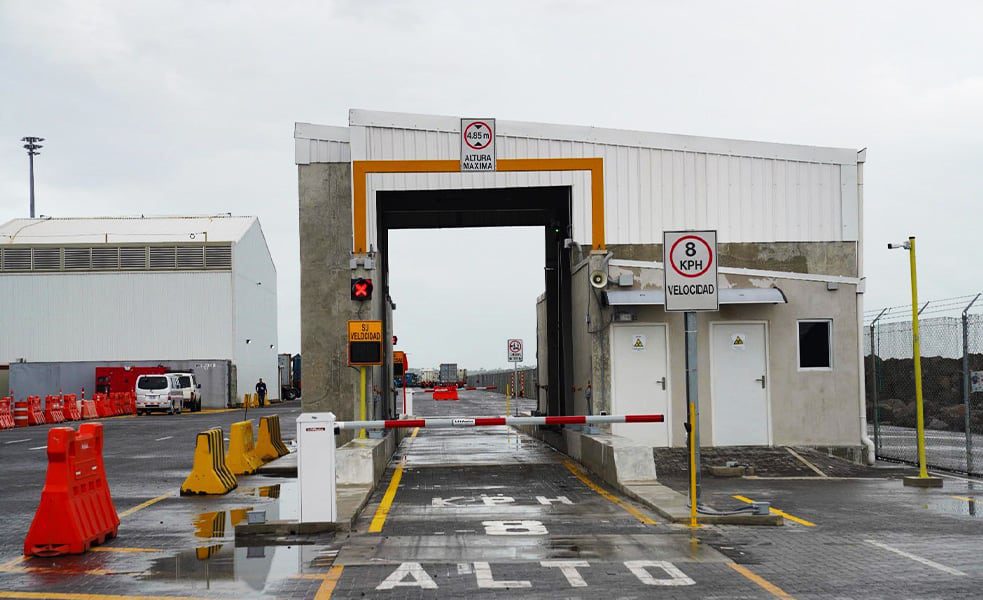For many passengers, air turbulence can be shocking, and in a planet that is getting hotter due to climate change, it will only get worse, according to new scientific evidence.
The seatbelt reminder beeps and flashes, tray tables rattle, and drinks spill; your stomach tightens with a sudden emptiness. For many passengers, air turbulence can be shocking, and in a planet that is getting hotter due to climate change, it will only get worse, according to new scientific evidence.
Why Turbulence Matters
In addition to unsettling travelers, turbulence is also the leading cause of minor mid-flight accidents, according to official data. Although there were only 207 reported injuries on U.S. commercial flights between 2009 and 2024, some incidents have had an impact. Last year, turbulence on an Air Europa flight injured 40 passengers, and an elderly passenger died on a Singapore Airlines flight.
“Typically, injuries occur to unbelted passengers or cabin crew, rather than structural damage,” said John Abraham, a professor of mechanical engineering at the University of St. Thomas. “Modern aircraft experience turbulence, so the main risk is occupant injury, not the loss of the aircraft.”
In any case, airplanes must be inspected after “severe” encounters with turbulence, which occur about 5,000 times a year in the United States, explains Robert Sharman, a scientist at the National Center for Atmospheric Research. Turbulence also increases fuel consumption when pilots must abandon optimal altitudes, modify routes, or change speed, Abraham adds.
Climate change is making it worse
Mohamed Foudad, a scientist at the University of Reading in the United Kingdom, explains that there are three main types of turbulence: convective, mountain wave, and clear air turbulence (CAT).
Convective turbulence is caused by ascending or descending air currents and is detected with the naked eye or onboard radar, while mountain wave turbulence occurs only over mountain ranges. CAT, on the other hand, is invisible and therefore the most dangerous.
It generally arises from jet streams, fast-moving westerly winds in the upper atmosphere, at the same cruising altitude as commercial airliners, about 10 to 12 kilometers high.
With climate change, the tropics are warming faster at cruising altitude than at higher latitudes. This increases the temperature difference between higher and lower latitudes, which increases the speed of the jet stream and wind shear: abrupt changes in vertical air currents, which trigger CAT-type turbulence.
Foudad and his colleagues published a paper last year in the Journal of Geophysical Research: Atmospheres, analyzing data from 1980 to 2021. “We found a clear positive trend: an increase in turbulence frequency in many regions, including the North Atlantic, North America, East Asia, the Middle East, and North Africa,” he said, with increases ranging from 60% to 155%. Further analysis attributed these increases in turbulence in certain regions to rising greenhouse gas emissions.
What’s next?
A 2023 paper by Isabel Smith of the University of Reading concluded that for every degree Celsius of near-surface warming, there would be an approximately 9% increase in moderate TACs in winters and a 14% increase in summers.
Historically, winter has been the season of greatest turbulence, but global warming has now increased its prevalence in summer and autumn. “Climate change could also increase the frequency and severity of thunderstorms in future scenarios, and encounters with turbulence near them are a major component of turbulence accidents,” Sharman said.
Regarding mitigation strategies, Foudad is currently working on a study to optimize flight routes and another to make forecasts more accurate. Some airlines are looking to increase seatbelt use with strategies such as ending cabin service earlier.
Sherman says promising on-board technologies are being tested, such as lidar, whose lasers detect subtle changes in air density and wind speed. However, reducing emissions will ultimately be essential, Foudad added.
Aviation is responsible for approximately 3.5% of human-caused global warming. While airlines are exploring cleaner fuels, progress has been “disappointingly slow,” according to the International Air Transport Association.

– Advertisement –
Source link
Wilmer Useche



